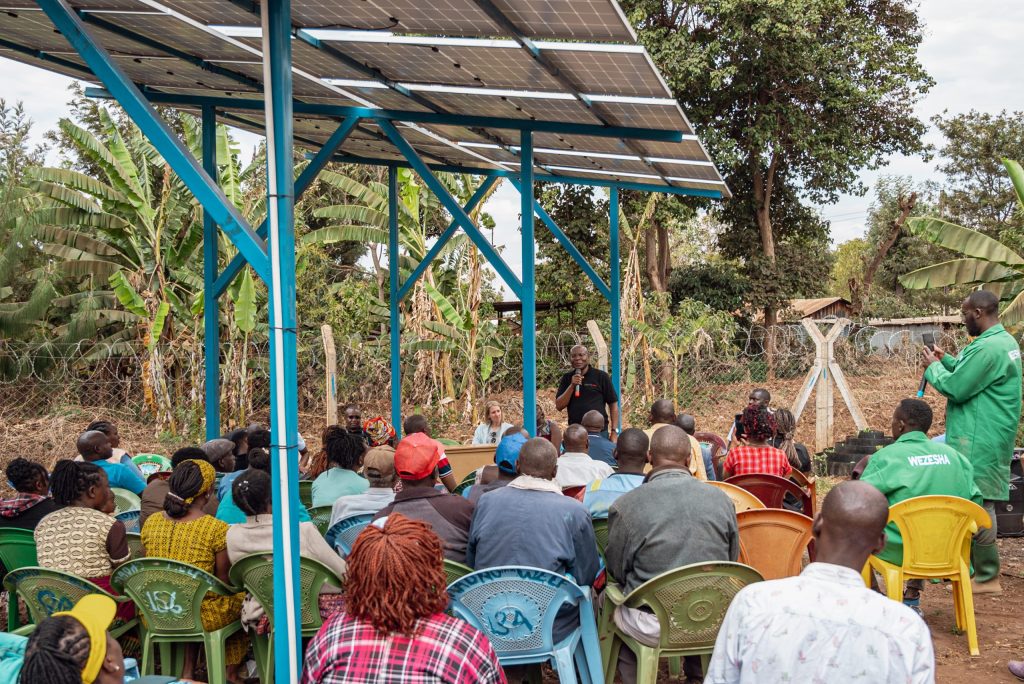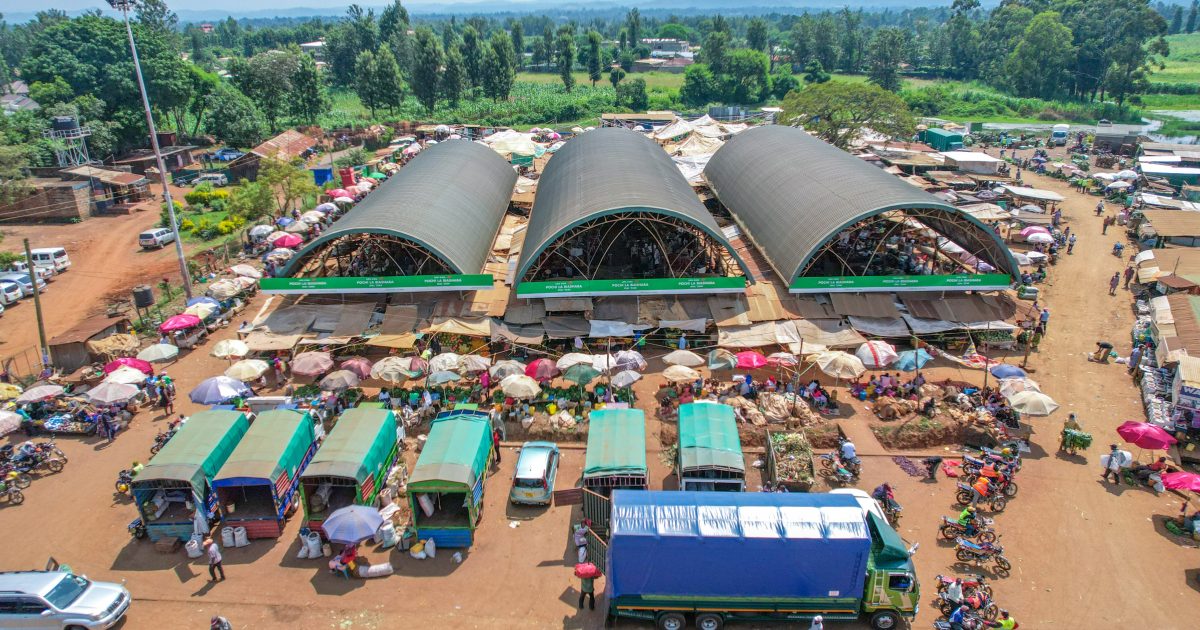In Kenya’s evolving economic landscape, the significance of the country’s 47 devolved administrative units—the counties—cannot be overstated. We assert that the counties hold the key to unlocking sustainable, inclusive economic growth in Kenya. By harnessing county-level assets, empowering local leadership, and cultivating regional comparative advantage, the nation can accelerate towards its growth potential.
Devolution and the Rise of County Economies
The introduction of the 2010 Constitution formally devolved significant decision-making powers, functions, and resources to county governments. This shift means that the counties are no longer passive recipients of national policy but active agents of economic development.
Because counties are closer to citizens, they can tailor strategies to local realities—agrarian economies, tourism hubs, manufacturing corridors, or services clusters. The ability to customise public policy for local contexts gives counties a unique role in driving growth.
Diverse County Economies, Local Assets, and Untapped Potential
Each county in Kenya boasts distinct assets and opportunities. For instance, agricultural counties have fertile land, agro-processing potential, and proximity to local markets. Urbanising counties offer technology, infrastructure, and human capital pools. Recognising this diversity is critical.
For example, counties such as Nairobi dominate in GDP contribution, yet many others are catching up in growth potential. Meanwhile, counties like Meru and Murang’a are demonstrating how local agriculture combined with real-estate, value-addition, and industrial parks can shift county economies into higher gears.
Thus, the counties become growth engines—not only for themselves but for the national economy, by contributing to a more balanced, resilient economic structure.
Counting the Numbers: County Contribution to National Growth
Understanding the quantitative role of counties is vital. While Nairobi and Mombasa register large shares of national GDP, the contribution from other counties is meaningful and growing.
Moreover, research on regional economic growth in Kenya has examined county-level determinants such as infrastructure, human capital, institutional strength, and local revenue mobilisation.
These findings underscore that strengthening county economies is not a distraction but a strategic necessity for national economic growth.
Key Mechanisms: How Counties Drive Growth in Practice
1. Localised Infrastructure & Connectivity
Counties enable tailored infrastructure investments—roads, energy, ICT, water, and sanitation—that reflect local conditions and priorities. A county government can deploy resources faster and more responsively than centralised structures.
2. Facilitation of Private Sector & Agro-Processing Clusters
Counties are ideal platforms for clustering economic activity. By coordinating land use, infrastructure, and investment incentives, counties can nurture agro-processing hubs, light manufacturing zones, or logistics platforms. For example, counties with strong agricultural bases can move up the value chain by supporting processing and export.
3. Mobilising Human Capital Locally
Through county-level strategies, education, training, and skills deployment can align with local industry needs. Counties can work with local universities, technical institutes, and the private sector to build relevant capacities.
4. Revenue Generation and Fiscal Autonomy
When county governments have stronger revenue bases and accountability systems, they become more capable of investing in growth-promoting projects. Enhancing local revenue mobilisation and transparent budgeting is critical.
5. Inclusive Growth and Reducing Regional Disparities
Because counties vary widely in economic base and opportunity, devolved governance allows for targeted interventions in lagging areas. This helps reduce national inequality, build resilience, and broaden the growth base.
Challenges to Realising County-Led Growth
Despite the promise, several constraints persist:
- Institutional capacity differences across counties result in uneven performance.
- Infrastructure deficits remain in many rural and remote counties.
- Local revenue bases are often weak, restricting investment capacity.
- Coordination between national and county governments sometimes lacks clarity, creating duplication or gaps.
- Private sector engagement and investor confidence vary across counties, depending on governance, stability, and regulatory predictability.
We must emphasise these are not insurmountable—they point to where strategic effort is needed.



Strategic Recommendations for County-Centric Economic Growth
Strengthen County Institutional Capacity
We recommend investing in county governance, transparency, planning, and performance management. Training for county leadership, embedding data systems, and strengthening local finance will pay dividends.
Align County Plans with National Growth Frameworks
While counties tailor to local contexts, their economic strategies should still tie into national frameworks (e.g., Kenya Vision 2030) to enable economies of scale, inter-county linkages, and funding flows.
Leverage Comparative Advantages and Build Value-Chains
Counties should identify their unique strengths—agriculture, tourism, technology, or logistics—and build value-chains accordingly, moving beyond raw commodity export to processing, market access, and innovation.
Enhance Infrastructure Investment and Connectivity
Rapid connectivity—both digital and physical—is more critical than ever. Counties should prioritise infrastructure that unlocks local economies: roads, broadband, cold-chains, and power.
Encourage Public-Private Partnerships (PPPs) at County Level
By fostering private investment and co-investment models locally, counties can accelerate economic activity and job creation.
Promote Inclusive Growth and Local Participation
Economies built only on extractive models will not last. County strategies should emphasise inclusive growth—empowering youth, women, informal sector actors, and ensuring that economic gains are widely distributed.
The Bigger Picture: Why County Growth Means National Prosperity
When counties thrive, national prosperity follows. A more balanced economy—where growth originates across multiple counties rather than only in a handful of urban centres—yields stronger resilience and greater job creation. The implication: Kenya’s path to higher and more sustainable growth lies in mobilising the full potential of its counties.
While Kenya’s average annual GDP per capita growth between 2000-2019 was modest, sub-regions achieved significantly higher growth—pointing to the upside of local momentum.
Thus, counties are not just administrative units—they are the frontlines of economic transformation, gateways to regionally driven growth, innovation, and structural change.
Conclusion
We believe the evidence is clear: if Kenya is to reach its potential as a newly industrialised, middle-income country, then empowering and enabling its counties must be a central strategy. Counties hold the key to growth—not because they replace national policy, but because they complement and amplify it with local relevance, assets, and leadership.
By strengthening county institutions, aligning strategies, investing in value-chains, and promoting inclusive growth, Kenya can move beyond uneven development and unlock a sustained growth trajectory. In short: the key to Kenya’s economic future lies where growth meets place—at the county level.



